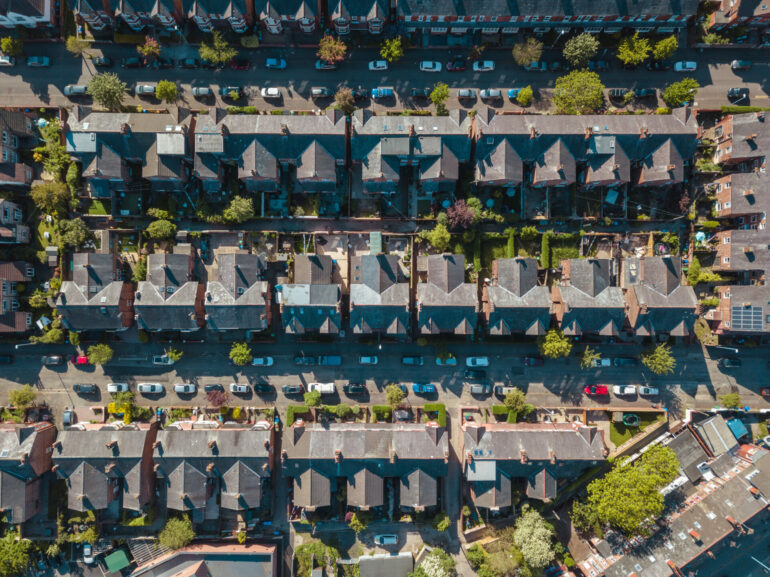There were more than 100,000 price reductions in April with a total of nearly 388,000 so far this year, data from analytics company TwentyEA has revealed.
The numbers were the largest seen by the company with reductions currently tracking 20.6% higher than last year.
TwentyEA, part of the TwentyCi group, found that although the volume of price reductions has increased, this appeared to be related to the increased volume of properties for sale.
So far in 2025, 38.0% of concluded listings had at least one price reduction.
Compared with last year, the price reduction rate has reduced in all price bands except for £1m+ properties, where it has increased by 2.0%.
Price reduction rates have reduced everywhere in the UK in 2025 compared with last year, except for Inner London and the South West, which have seen a 1.4% and 0.6% increase.
The South East currently has the largest percentage of price reductions with 42.1% of all properties having at least one price reduction.
In April, the number of reductions hit 104,794, higher than all prior Aprils going back to 2019.
At the height of the property boom during the pandemic, particularly around April 2021 when the Stamp Duty holiday was in effect, only 51,376 sellers reduced their asking prices.
If we compare the volume of price reductions to the number of new instructions, this gives a timely proxy for the percentage of properties likely to undergo price reductions.
In April 2025, this figure was 65%, higher than any previous April back to 2019.
While the reductions weren’t necessarily applied to April’s new instructions, this ratio illustrates the scale of reductions relative to overall market activity.
Katy Billany, executive director of TwentyCi said: “While price reductions have been an ongoing trend, it’s particularly notable how many were recorded in April, coinciding with the end of the reduced stamp duty rate on March 31st.
“We’ll be closely monitoring whether this regulatory change leads to further reductions and a broader cooling of the market. So far this year, however, demand has remained strong. Over 437,000 sales have been agreed – 7.1% higher than in 2024 – marking the highest demand level since 2022.
“The strongest growth in demand has been seen in the North West (12.0%) and Wales (10.0%), with year-on-year increases across all price bands.
“The highest growth was in the £350k to £1m range (10.8%), followed by £200k to £350k (9.2%).”



